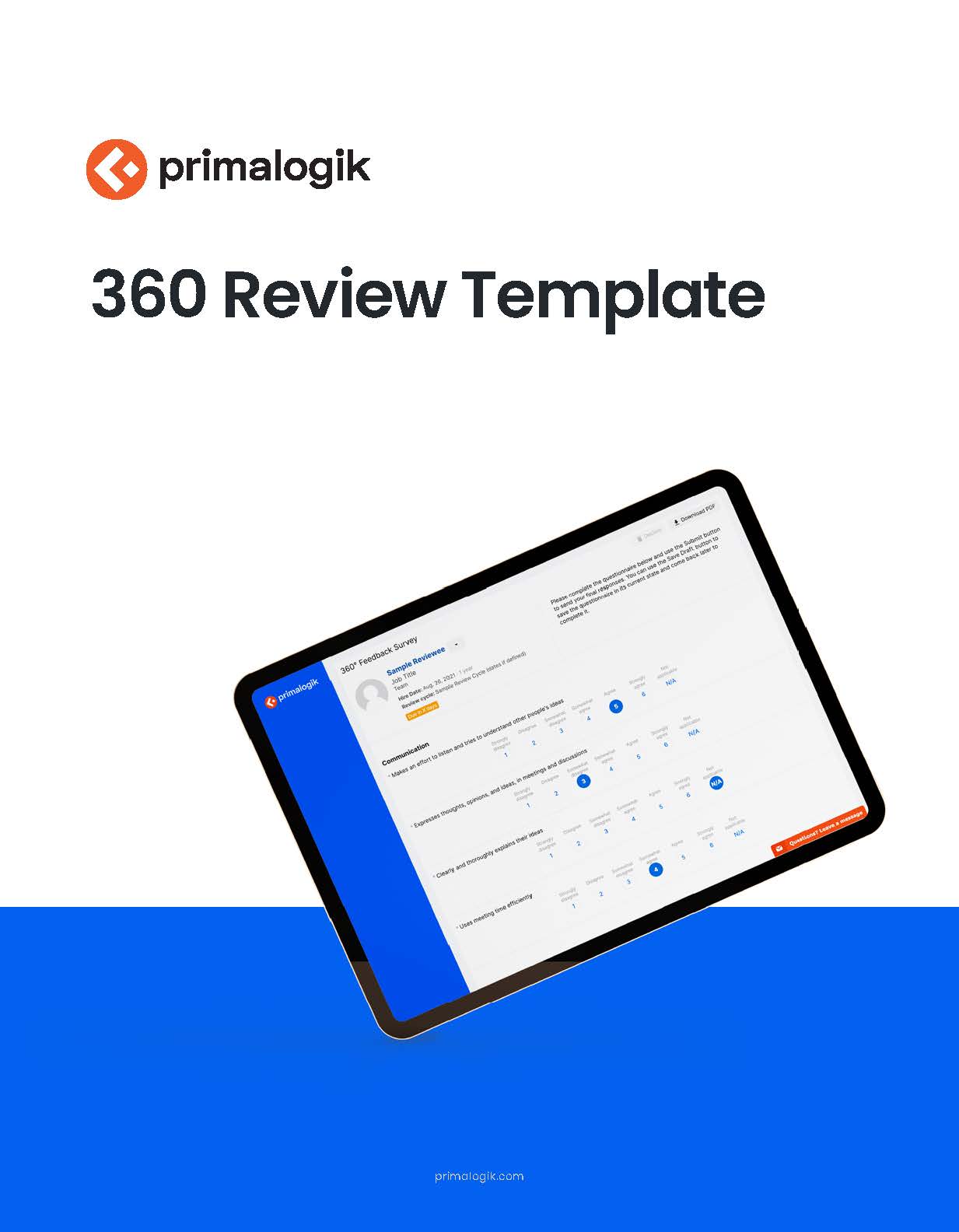As an HR manager, you have built a career out of connecting with and understanding people. You empathize with the unhappy employees; you want to improve things. You just need a good place to start.

You may have heard of 360 feedback, but never paid much attention to all the hype. Things like that are often short-lived fads that last a few years at most. What you may not know is that HR performance management software based on 360-degree feedback has become the preferred HR performance management solution for 90% of companies.
Dysfunction can begin almost anywhere in an organization; a disgruntled employee who makes everyone around him miserable, a frustrated manager that wasn’t promoted, or a cunning staff member who is expert at stirring up trouble without getting caught up in it. Such dysfunction doesn’t make the entire company bad to work for… just one or two areas. Most companies probably fall into this category.
But what about companies that seem to be dysfunctional to the core? Let’s be straight — no performance management software will fix that. Some fundamental changes will have to take place within the company before any HR performance management software can be expected to help improve workplace culture.
You See the Dysfunction, But Can’t Figure Out What’s Causing It
Over time, you have witnessed a slow decline in employee morale. You see it in reduced productivity and increased absenteeism. The cheer that once pervaded the building is all but gone, but you can’t figure out why. Sure, there are a couple of supervisors that need to work on their interpersonal skills, but they don’t account for the dysfunctional malaise that’s set in. The financials are good — no recent layoffs, no downsizing…in fact, your company has started growing again. What could it be? Why are so many employees unhappy?
Without a smoking gun to point you in the right direction, it’s virtually impossible to identify workplace dysfunction. Traditional HR performance management software is utterly useless because it lacks the depth and frequency of feedback you need to sniff out the source of the dysfunction and begin addressing it. There is a solution, however: 360 degree feedback, or 360 feedback for short.
What Is 360 Degree Feedback?
At its core, 360 Degree Feedback is a method that provides an employee with feedback from managers, supervisors, and co-workers, as well as self-assessments that pertain to that employee’s productivity, efficiency, job skills, and soft skills. The insight provided through this comprehensive feedback empowers the employee to actively participate in identifying what he’s doing right and where he need to improve.
How Do I Implement 360 Feedback?
Most 360 feedback systems are at the core of sophisticated HR performance management software. The software provides the tools and processes you need to easily and efficiently implement 360 feedback throughout your entire organization. Within it, you’ll find tools for administrative tasks that help you easily create the surveys, distribute them, and process the data collected from them. Employees find the surveys easy to fill out and submit.
What are the Benefits of Using 360 Feedback Performance Management Software?
HR managers using 360 performance management software begin to see a difference within a short time after implementation. Increased productivity, decreased absenteeism, and improved employee morale are just a few of the benefits you will see. How does 360 feedback accomplish this? Through the comprehensive, objective feedback that is provided for every employee. Patterns emerge in the performance data that point to painful places and/or people in your workplace. Once you have identified the source(s), you can use 360 feedback to provide you with the information you need to effectively address issues with other employees and managers.
Objective Feedback on Employee Performance
Employees and staff who provide feedback for an employee are kept anonymous. This helps eliminate biases in feedback that may discriminate against employees. The result: an objective measure of the employee’s job skills, interpersonal skills, and productivity.
Comprehensive Training Needs Assessment
One of the biggest advantages of 360 performance management software is its ability to perform training needs assessments on employees. When an employee’s skill proficiencies are known, it becomes trivial to identify skills the employee needs to improve.
Active Employee Participation in Career Development
Unlike traditional employee development models where management dictated what employees had to learn to further develop skills, 360 performance management engages the employee through her direct participation in deciding on a career path and the goals she sets to get there. Employers who use this approach have found their employees are much happier with their jobs and go much further in their careers.
360 feedback not only provides objective employee performance feedback, it also encourages frequent acknowledgement of an employee’s accomplishments, something often lacking in traditional performance evaluations. 360 feedback understands this, and provides the HR manager the tools to help her provide the acknowledgement employees seek when they consistently deliver above average performance or accomplish something significant, such as acquiring a hard-earned certification.

Organizational Development
Dysfunction in an organization is symptomatic of some unseen developmental needs within the organization. The feedback gained through 360 feedback helps identify the pain points your employees experience which, in turn, point to the causes of the dysfunction.
When you know what’s causing your employees pain, you can take action to improve the painful process and stop the pain. Employee morale is restored, along with gains in productivity.
Team Development
To get the most out of your team, its members must work together like a well-oiled machine. 360 feedback provides the information you need to assess team performance and identify areas that need improvement. The participatory nature of 360 feedback means that your team members will also actively contribute to identifying and eliminating the obstacles that hold the team back.
Align Employee Development with Company Goals
The most successful companies have employee development goals that are tightly aligned with company goals. 360 feedback performance makes it easy to align your employee’s development goals with business goals.
What Does It Take to Implement 360 Feedback?
If your company has never used 360 feedback software, then the first step is to create a communication strategy that educates and prepares all employees and management for the transition. Implementing 360 feedback is often disruptive to entrenched work culture and practices. The transition process goes a lot smoother when everyone expects some bumps in the road during the implementation of 360 feedback.
What 360 Feedback Performance Management Can’t Do
360 feedback performance management is a powerful tool, but it can’t work magic. It won’t work as a band-aid over a toxic, severely dysfunctional work culture. If you work in an organization where everyone is miserable, major changes need to take place before 360 feedback can be considered a viable option for organizational development. 360 feedback management is no magic bullet — it’s a process that takes sustained effort over time. When properly implemented, it provides the kind of feedback your organization needs to maintain a happy, productive workforce.





